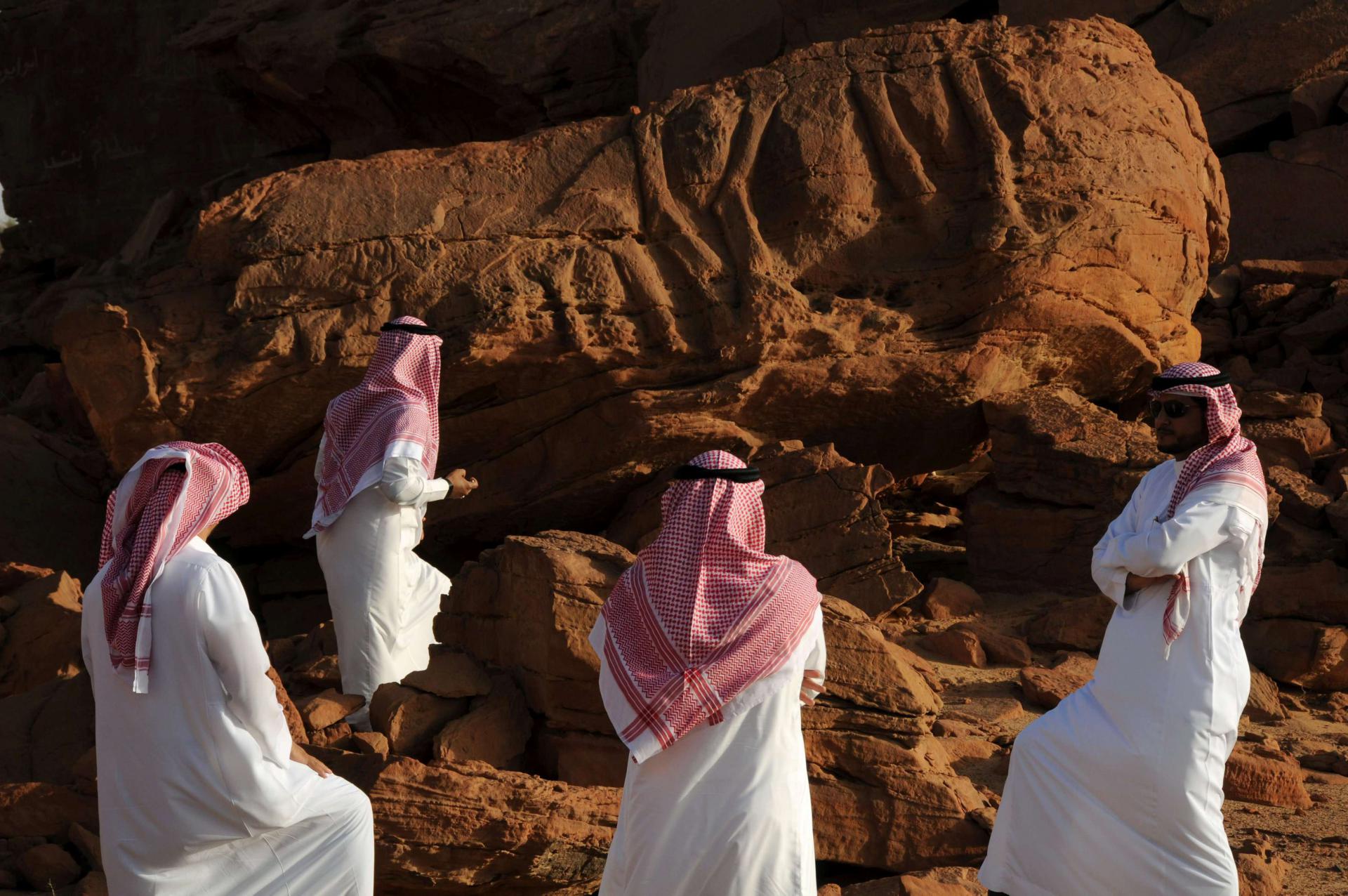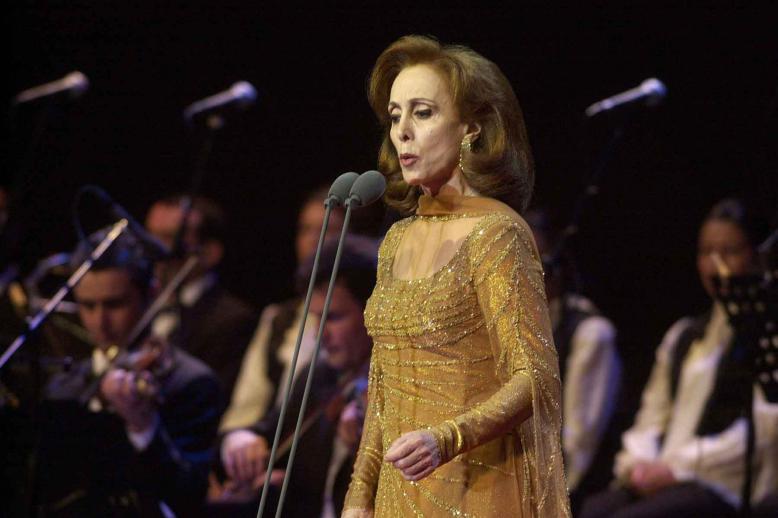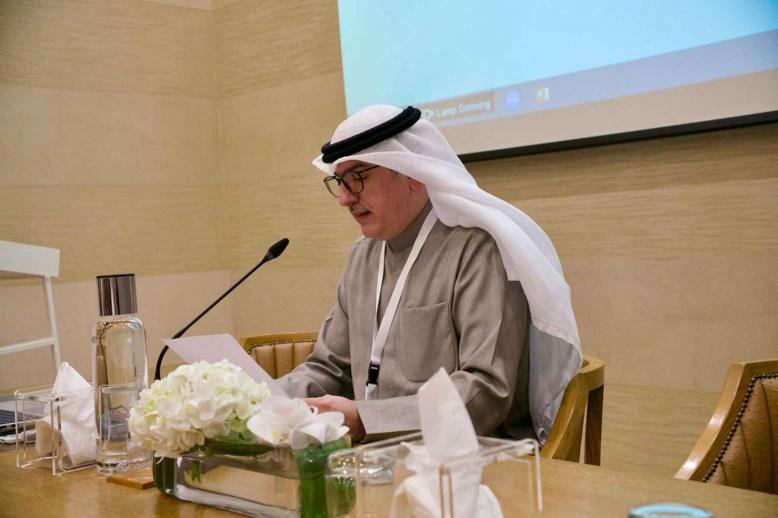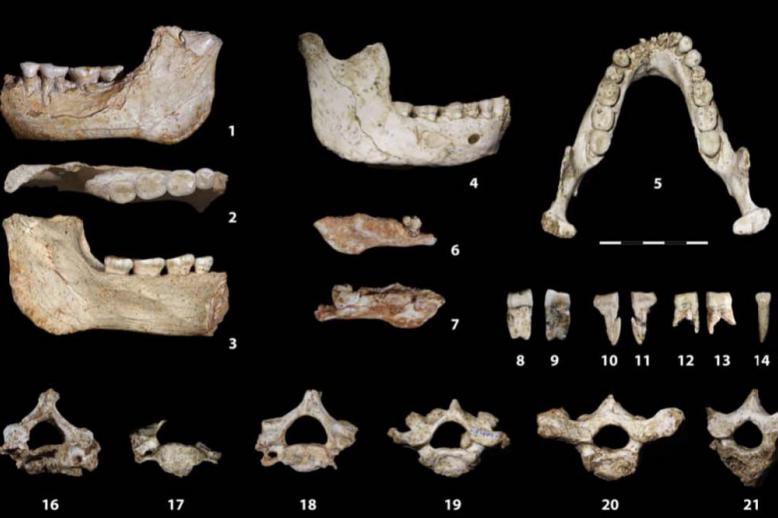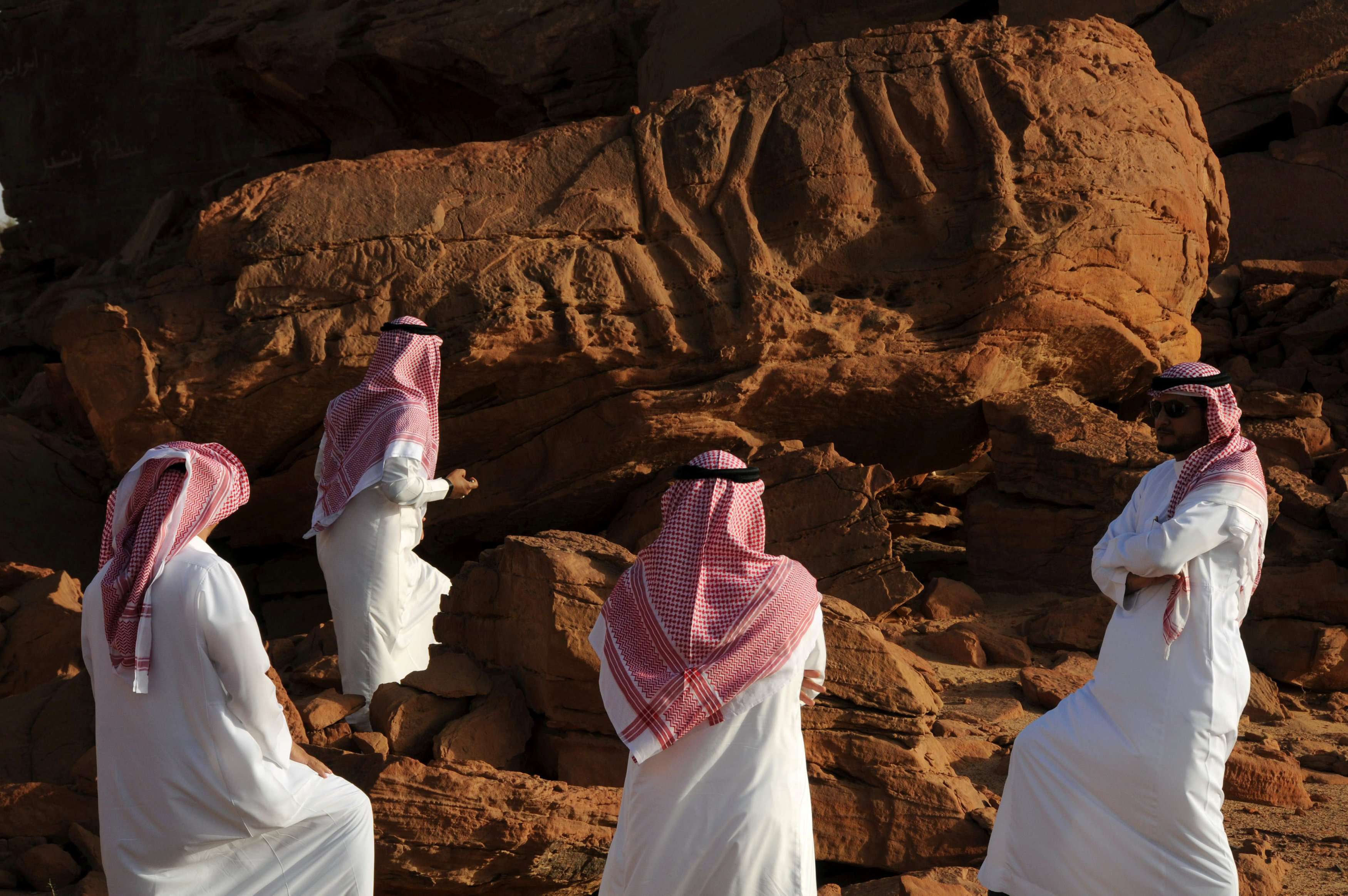Why Saudi Arabia needs to lift the veil on heritage treasures
For more than half a century, Saudi Arabia has relied on its abundant oil resources to fuel economic growth and development. Now, however, the kingdom is looking to other resources to take its society and economy beyond the oil age.
Alongside oil, Saudi Arabia boasts a wealth of natural resources, including gold, silver, iron, copper and phosphate. It also has a unique history and distinctive cultural heritage that includes a variety of arts, antiquities, ancient handicrafts, athletic traditions and a vibrant economy.
Why is there a need to revive heritage and history?
While Saudi Arabia is rich in culture and history, it has been slow to take full advantage of its resources due to an over-reliance on energy revenue and the lack of a long-term diversification strategy.
The country’s wake-up call came in 2015, when oil prices made a staggering fall. The price of a barrel of oil dropped from $115 in June 2014 to less than $35 at the end of February 2016. The development highlighted a long-neglected truth: Saudi Arabia needs a more diverse development model.
On April 25, 2016, Saudi Crown Prince Mohammed bin Salman bin Abdulaziz announced Saudi Vision 2030, an ambitious strategy aimed at diversifying the economy to expand investment in all sectors and modernise the kingdom. Beyond adjusting to the “new normal” in oil prices, Saudi Arabia has designed a radically new model to address other sectors and open a new economic horizon.
Preserving Saudi heritage sites is a key part of the plan. This would help protect the environment, create vibrant communities and sustain local economies, as well as contribute to Saudis’ quality of life and cultural identity.
All of this is crucial for preserving and promoting Saudi heritage on the international scene. More than ever, the world needs to understand the story of Saudi Arabia, its history, identity and people.
As a regional heavyweight that has played a major role in defining the balance of power in the Middle East, Saudi Arabia not only needs to engage in world and regional politics but needs to showcase its people’s culture and heritage.
One way the kingdom can do this is by supporting and promoting existing festivals and museums in the country. It can reach out to regional and international media, further develop its online marketing strategy and encourage people from outside Saudi Arabia to take part in its cultural activities.
One place to start is Al-Jenadriyah, a Saudi cultural and heritage festival which is acclaimed throughout the Gulf region and Arab world. Now it is time to promote this festival to an international audience, who are rarely exposed to Saudi Arabia’s distinct culture and traditions.
People around the world are largely unaware of the kingdom’s many magnificent museums, notably the Hejaz Railway Museum in Medina, the Humane Heritage Museum in Jeddah, the National Museum of Saudi Arabia in Riyadh and the Shadda Palace in Abha.
Times are changing
It is true that times are changing. Saudi Arabia is paying closer attention to its history and heritage as it improves existing institutions and creates new ones.
An excavation of ancient seaside ruins known as al-Serrian is under way with the participation of Chinese archaeologists. Al-Serrian, at the south-west tip of the Arabian Peninsula, was one of the major gateways for haj pilgrims to Mecca and played a key role as a trade hub leading to the north.
Earlier in April, an agreement on the development of Al Ula province was co-signed by Prince Bader bin Abdullah bin Farhan Al Saud, governor of the Royal Commission for Al Ula, and French Foreign Minister Jean-Yves Le Drian. The agreement is expected to enhance scientific research and revitalise sustainable tourism for this unique archaeological site.
On March 5, the Saudi Commission for Tourism and National Heritage in Riyadh issued a licence to establish the Museum of History of Science and Technology in Islam at Imam Muhammad bin Saud Islamic University. The museum is to be the first specialised institution for the history of science and technology in Islam in Saudi Arabia. It will display artefacts and historical masterpieces that reflect Saudi Arabia’s culture throughout the ages.
Saudi Arabia has also announced plans to set up a national centre for information archives, which would include radio, TV, print material, archived photos and more to preserve, document and highlight the country’s information history.
The centre will house a museum for old information tools and equipment and is expected to attract local and international visitors and researchers as well as those interested in society, culture, heritage and artefacts.
Recent Saudi efforts to highlight the kingdom’s long-elapsed history and heritage are welcome and should be encouraged. However, much work remains to be done to show the world who the Saudi people really are and what their contributions have been throughout history.
The task is not only the responsibility of Saudis but of all Arab people and institutions. Saudi history and heritage have been and still are a key part of Arab culture. This culture has been tarnished by the deplorable acts of extremists, who have gone against the glorious and bright aspects of Arab culture.
To move forward, Saudi Arabia needs the support of all friends and neighbours who share its vision. Only then will it restore its unique heritage and distinguished history, bringing back the country’s former glory.
This article was originally published in The Arab Weekly.


